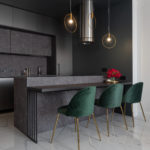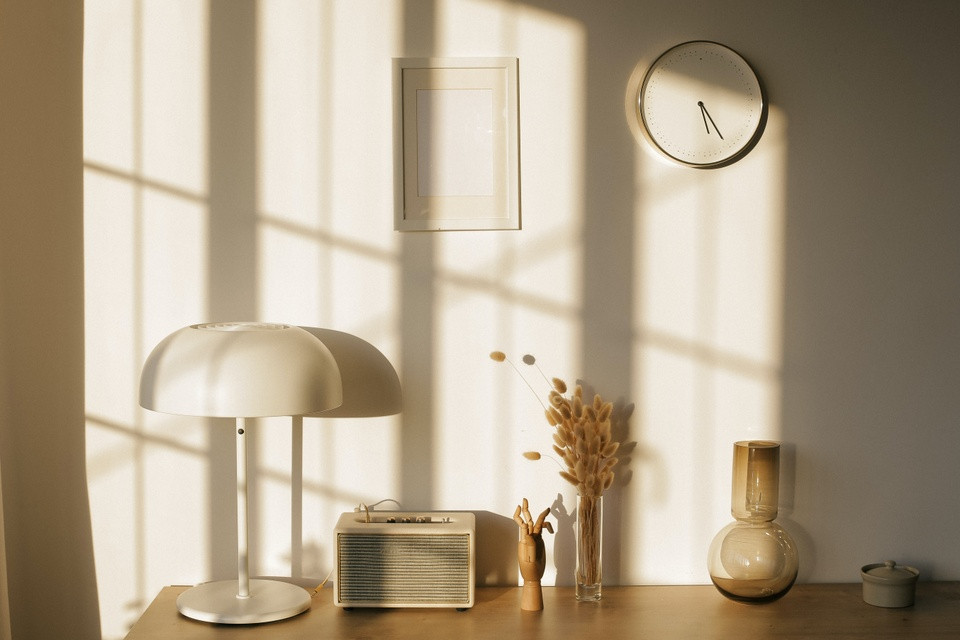
|
|
You can combine both warm and cool light in the same space. Image: Ann Poan/Pexels. |
Cool light and warm light are two common types of lighting used in interior design. Each type not only differs in lighting function, but also has an impact on the space and mood of people.
In this article, Living etc will help readers distinguish between the two types and provide suggestions for implementing them in living spaces.
Differences
Basically, light has two components: color temperature and color rendering.
Color temperature is measured in Kelvin (K). In homes, this index usually ranges from 2,000 K to about 6,500 K. The higher the K value, the cooler the light.
“Light will tend towards yellow, orange at low temperatures, and towards blue at high temperatures. Therefore, the basic difference between warm and cool light lies in the color tones and the hues”, said Rishabh Kapoor, a designer at Design Deconstruct Interior Company (India).
Meanwhile, according to Robbie Llewellyn, co-founder and designer at Bert Frank Lighting (UK), each type of light has different characteristics and uses.
“Warm light creates an intimate, cozy, and relaxed atmosphere. Cool light is similar to natural light, making the space brighter and suitable for activities such as reading or cooking”, he said.
Scarlett Hampton, co-founder of Lights & Lamps (UK), also advises: “In the evening, reduce the intensity of ceiling lights. Additionally, add warm lighting to make the living room or bedroom cozier”.
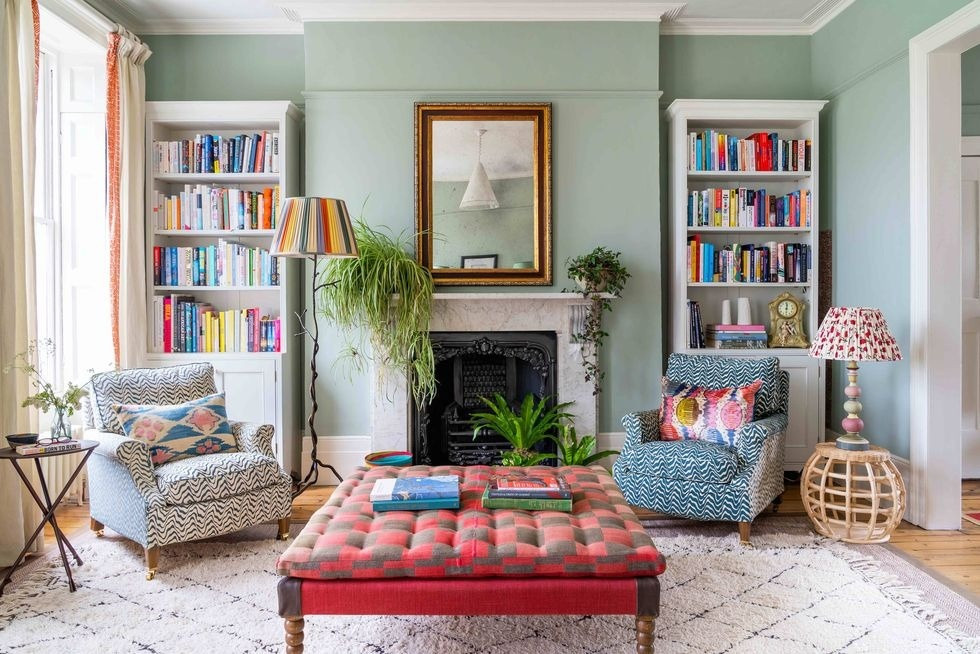
|
|
Warm light and cool light create different feelings about a space. |
At the same time, David Amos, CEO of Amos Lighting + Home (UK), suggests suitable light types for different spaces in the house:
“When choosing warm and cool lights for each room, first consider the function of each space. If it is a functional area like the kitchen or workspace, cool light will enhance productivity, alertness, and is suitable for places with many activities. If it is a relaxation space, warm light will create a more relaxed feeling”, he emphasized.
Furthermore, some experts advise against using CFL (compact fluorescent lamp) bulbs as they have negative effects, similar to the blue light emitted from mobile phones and computers.
Choosing the light type for each space
Kitchen
As mentioned above, cool light is suitable for spaces with many activities like the kitchen. However, the kitchen is also a place where we talk with family and friends, so you can add Mood lights to support emotions and mood. Therefore, the ideal solution is to combine both warm and cool light.
Tom Howley, Design Director at the kitchen equipment company of the same name, said: “Your kitchen should have a lighting system for specific areas. For example, you will need to design cool light above the kitchen counter – where food preparation and ingredients are prepared. Meanwhile, the area around the kitchen island will need warm light”.
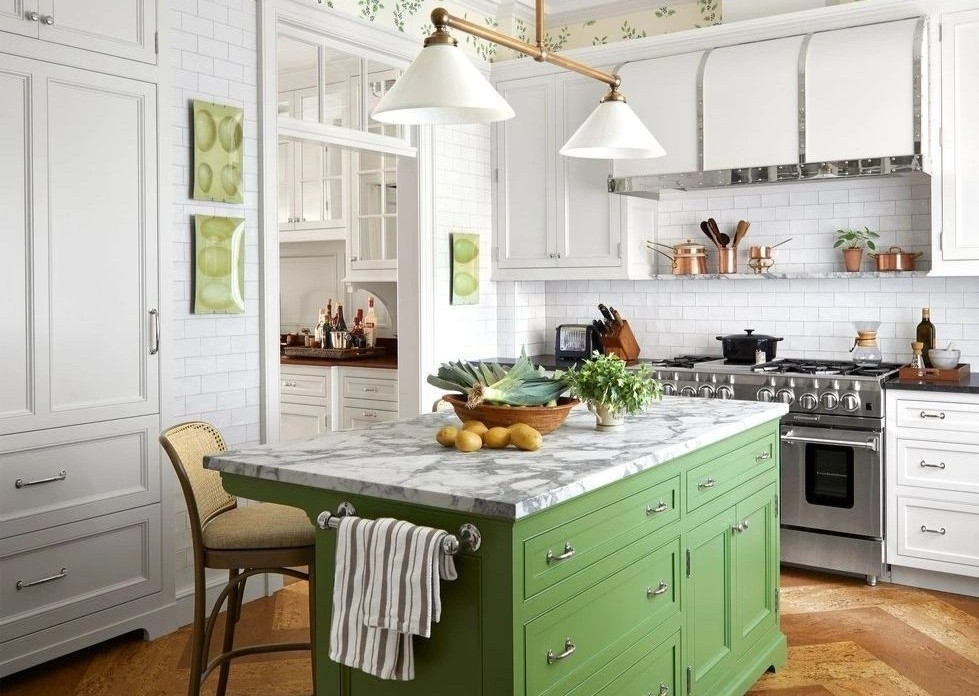
|
|
According to experts, cool light should be chosen above the kitchen counter. |
Bedroom
The ideal light for the bedroom is white light that can be adjusted from warm tones (about 1,650 K) to neutral tones and cool white (about 8,000 K). This type of light helps regulate the body’s biological rhythm, which affects sleep and mood. In addition, it will be warmer in the morning and cooler in the afternoon.
If your bedroom does not receive much natural light, consider installing a cool light ceiling light to support tasks such as cleaning and reading. This type of light is suitable for dark days, but you should reduce the brightness or turn it off completely when you need to relax.
Living room
The living room is a place for conversations and relaxation, so warm light is the ideal choice. Additionally, you also need to use task lights in this area. Reading lights should have a slightly cool light, while wall lights and pendant lights will need warm light.
Bathroom
To create a relaxing space in the bathroom, choose soft lighting. Shivam Dewan, founder of Rosha Lighting (India), said: “Warm light makes people feel more relaxed and comfortable, so this is the preferred choice for the bathroom”.
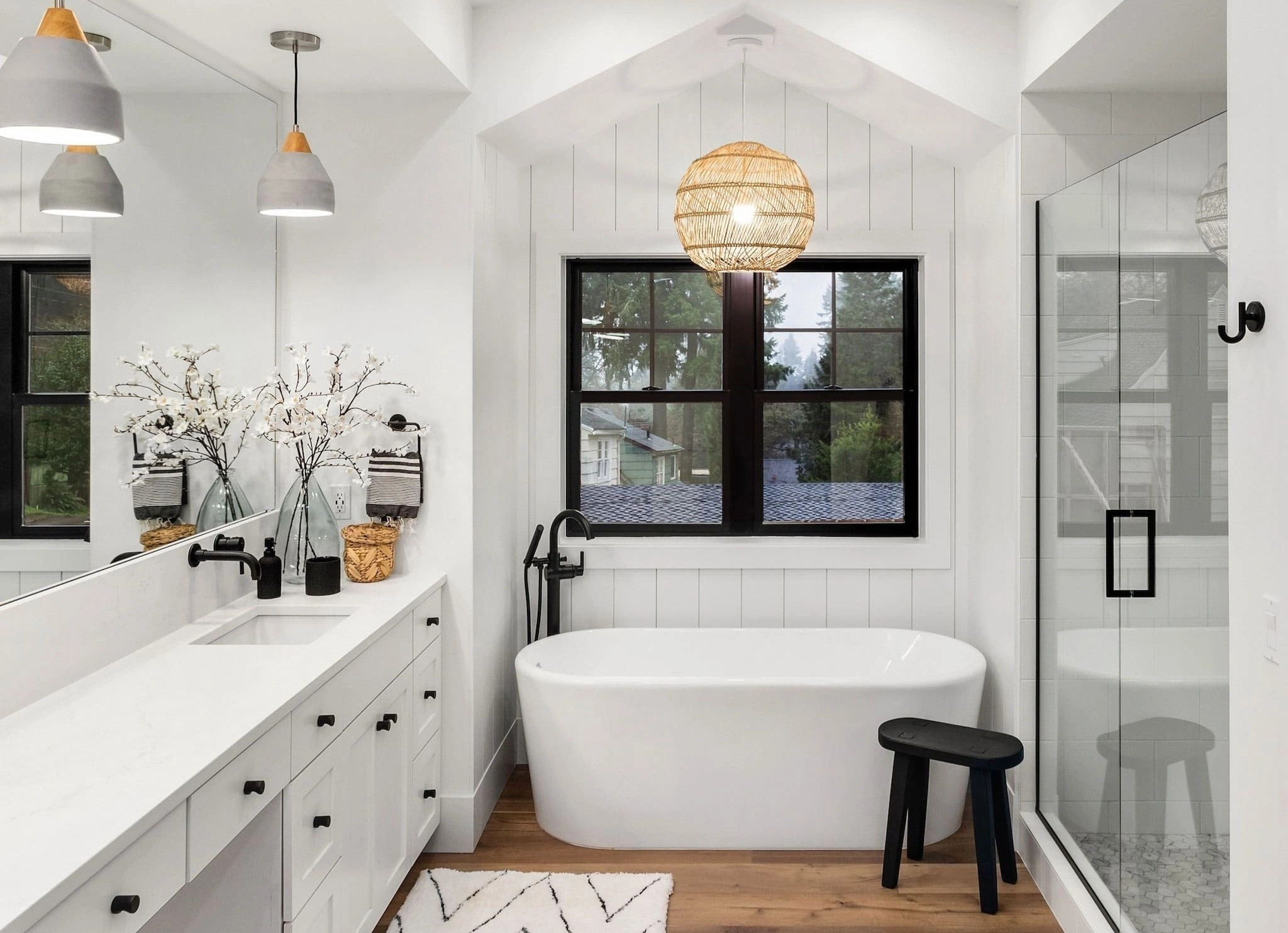
|
|
You should choose warm light for the bathroom to create a relaxed feeling. |
Dining room
The dining room is a space for gathering with family and friends, so warm light is the ideal choice. You can choose pendant lights, recessed lights, or even wall lights with a gentle diffused light, not too bright, to have a comfortable meal.
In addition, the distance between the light and the dining table can also affect the atmosphere of the room. You should not choose pendant lights too close to the dining table or lights mounted behind the chairs casting shadows.
Source: Zing

























